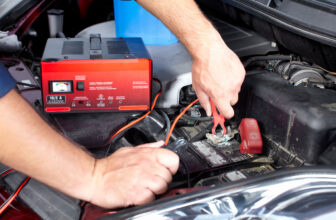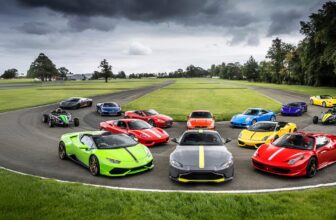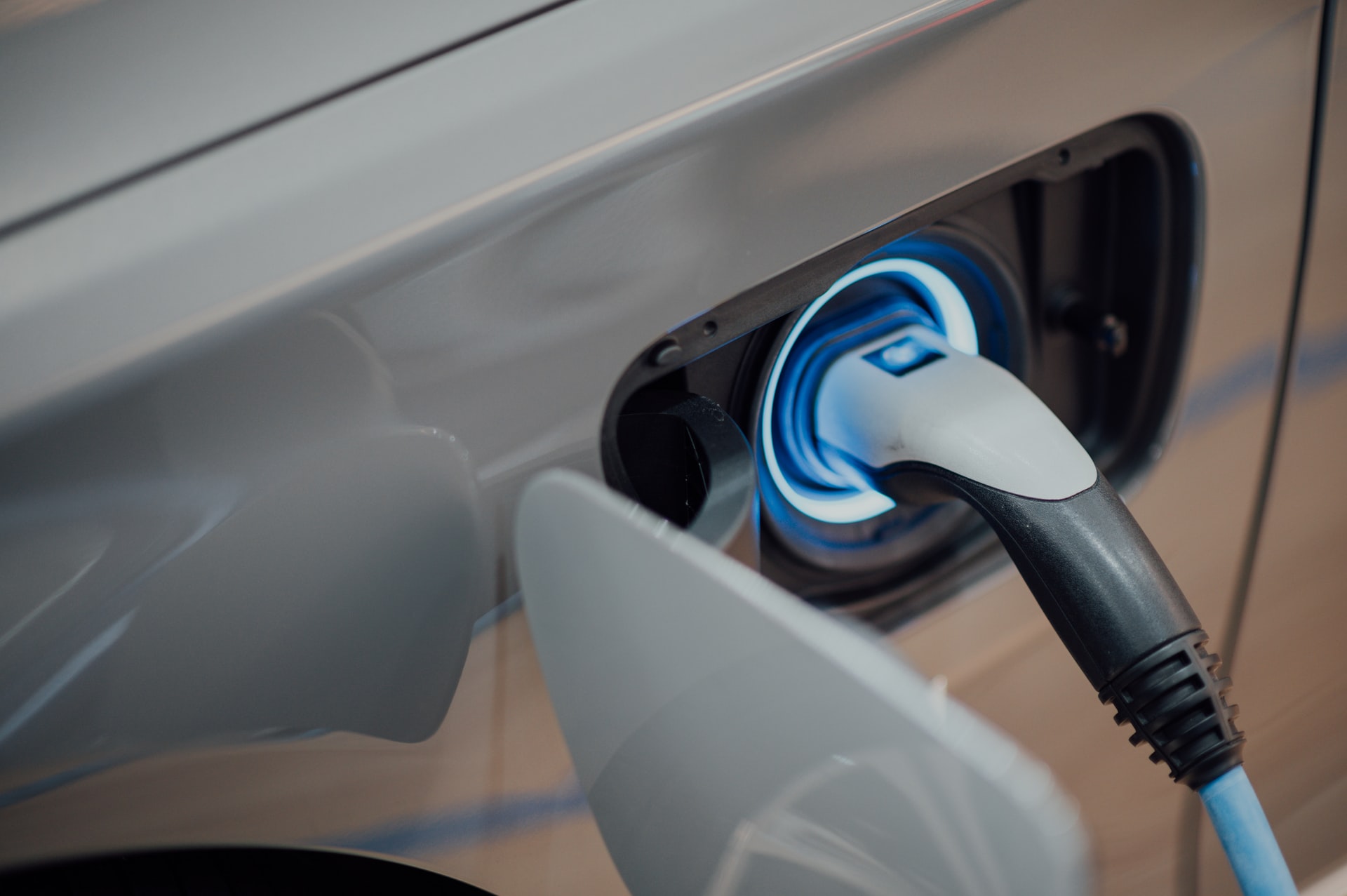
If you are planning to go green this year, you must be wondering what choices you have. But before you step out from gasoline-powered automobiles, it is critical to learn everything about your alternative.
Electric Vehicles (EVs) are the newest alternative to your typical gas-powered vehicles. Today, they make up approximately 2% of the automobiles on the street and are gaining popularity among environmentally-conscious individuals.
There are various EVs to choose from when stepping into the market. It includes the general Electric Car that runs on batteries charged with electricity, FCEV (Fuel Cell Electric Vehicle) that runs on compressed hydrogen, BEV (Battery-Powered Electric Vehicle) that utilizes its motor for running without emitting a tailpipe. HEV (Hybrid Electric Vehicle) uses an internal combustion motor and an electric motor. Lastly, PHEV (Plug-in Hybrid) uses alternative fuel to power the engine.
You must already know that EVs cost far less per mile to run than ICE because their drivetrain is more efficient at transforming the stored power into motion. To increase their efficiency, the focus is on the gaudier components of the drivetrain, which includes the engine and inverter. But less attention is paid to charging cables and auxiliary loads.
Since a lot of fuel is lost when charging an EV, it is critical to minimize the losses.
Table of Contents
Working of an Electric Vehicle Motor:
Electric Vehicles usually operate by inserting into the charging point and consuming electricity from the grid. The energy is reserved in batteries to drive the electric motor that helps move the wheels. Since EVs rev quicker than automobiles with conventional power engines, they are lighter and more convenient to drive.
For charging Electric Cars, one may either use a residence charger or a shared charging station. One can easily find several places while on the street as the popularity of these automobiles is on the rise. And if you recharge it to its maximum capacity, you can tour a long distance without any worries. But, how distant you can go depends on the model you own because each has a varied battery size, capacity, and efficiency.
An ideal electric automobile to invest in can go long distances without making you halt and charge now and then. Since there are so many EV options available these days, you can pick the one you like.
Charging an Electric Vehicle (EV):
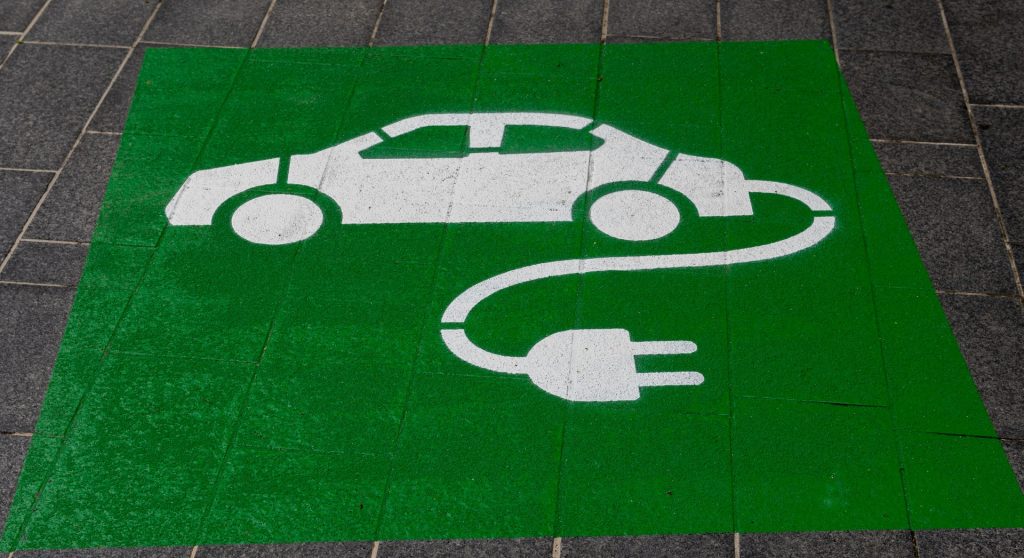
Source: unsplash.com
There are two ways of charging an Electric Car. You can recharge it by inserting it into a socket or using the charging unit. Both tricks will work finely. However, you must pay attention to the charger you’re using. There are three kinds of devices available for EVs. So, you must pick the correct one after considering the model you own.
- Socketed: This charging end allows you to link either a Type 1 or Type 2 cord.
- Tethered: This charging point has a cord fastened to either a Type 1 or Type 2 connector.
- Three-pin Plug: This charger has a three-pin cork to connect to a 13 amp socket.
Also, these vehicles are available at three charging rates. The slow pace is up to 3kW, taking around 8 to 10 hours to recharge overnight. The fast speed is either 7kW or 22kW, available in supermarkets, relaxation centers, and parking spaces. This speed lets your EV charge within 3 to 4 hours. Lastly, the rapid pace charging is rated from 43kW and takes hardly 30 minutes to an hour to recharge your car.
For purchasing quality EV chargers and other accessories, please visit jucer.com.au.
Energy Losses When Charging an EV:
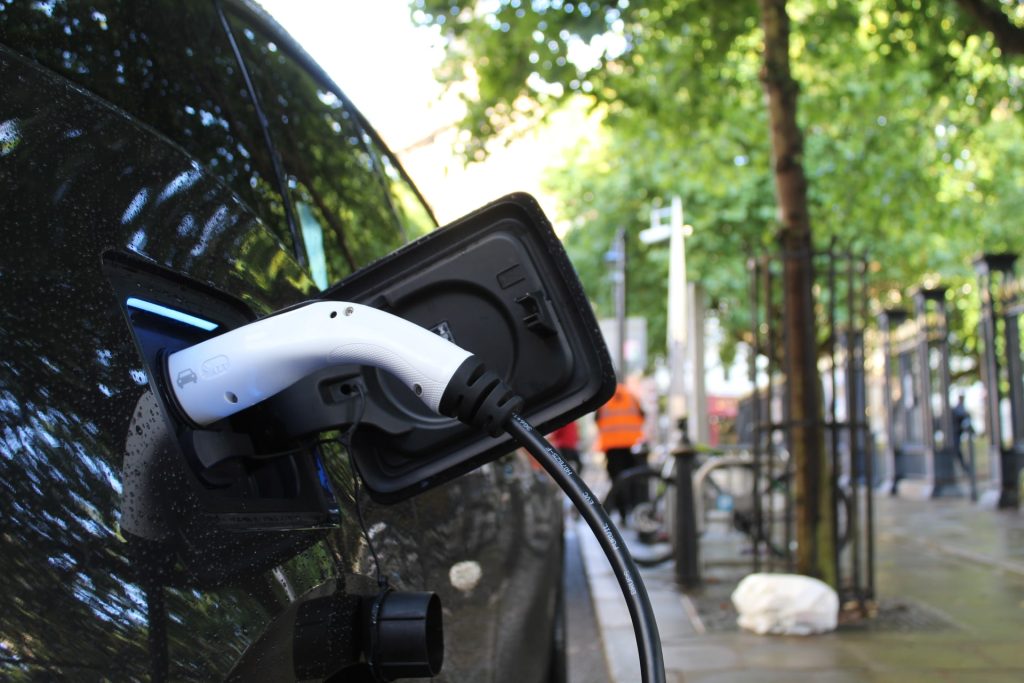
Source: unsplash.com
Nowadays, Electric Vehicles (EVs) have become a more efficient alternative to their gasoline-powered peers. It is so because EVs are accountable for merely 15% to 20% of energy loss, as opposed to 64% to 75% in gasoline engines. Moreover, they employ regenerative braking systems to reuse the power usually consumed in braking, thus wasting no fuel.
Depending on your drive cycle, EVs are 60% to 73% better. But if you include the power reused from regenerative braking, you can say that EVs are 77% to 100% efficient.
However, the quantity of power you add to its battery does not equal the fuel known to you while on the road. You’d be surprised to learn that around 12 to 15% of more power is consumed than what you add to the battery. But that number relies on the charging conditions. For instance, some power is used to maintain the ideal temperature while charging, some are transformed into warmth, and some are written off as transmission failure.
It means that a battery is far more complex than a gasoline container.
But one can minimize the energy lost while charging by using higher-voltage gear. It is so because, during the chilly climate, the battery of an EV requires a significant amount of power to maintain its warm temperature. Now you must be wondering – but where does the power go?
Say you’re charging your EV at 120 or 240 volts. Now it must transform the Alternating Current (AC) offered by the circuit into Direct Current (DC) to charge the battery. The transformation from AC to DC emits a lot of heat because of which the fuel electronics in EVs are liquid-cooled. The quick charging offered by DC helps eliminate the transformation failures.
Since extreme weather conditions harm the charging capacity of an EV, the cars available in the market today have thermally controlled batteries. It helps in keeping the temperature of the battery within the range. Some vehicles even use the battery current or wall to heat the pack so it can charge up quickly. Some EVs have a cooling circuit to keep the battery temperature down during hot temperatures.
Final Words
From the above article, we can conclude that although EVs are highly efficient, providing power from the wall to the wheels very quickly, they experience energy failures while refueling. And when power returns from regenerative braking are considered, the share of power consumed for moving down the street can grow beyond 80%.




